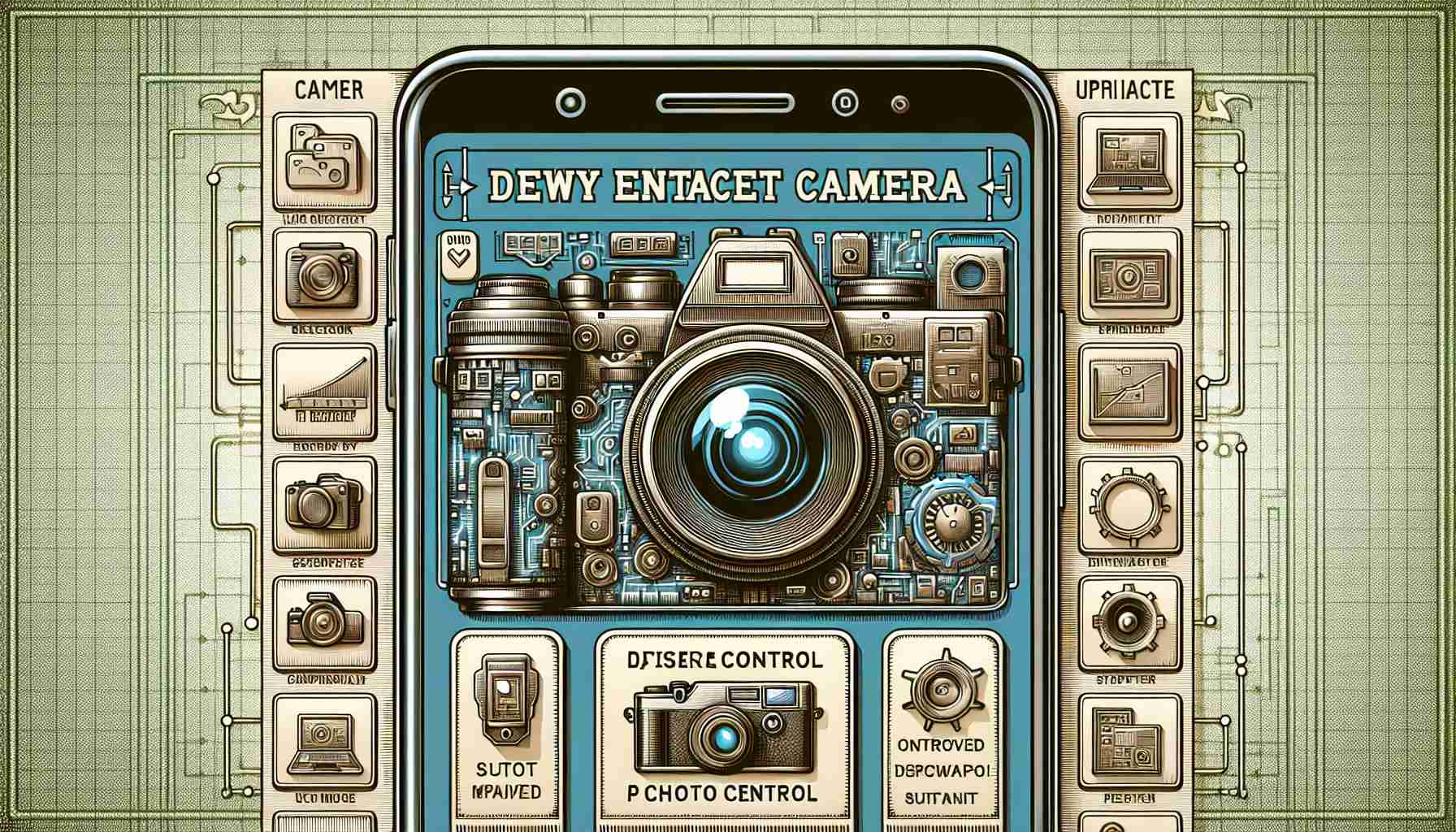Advanced Photography Options for Pixel Enthusiasts
Google has uplifted the photography experience for Pixel 6 and 7 Pro users with the introduction of the latest Pixel Camera update. This upgrade emulates a feature that was previously exclusive to the Pixel 8 Pro. Enthusiasts can now opt for manual controls over the phone’s rear lenses. Through a straightforward interface, users can toggle between Auto and Manual lens selection with the new “Pro” tab, ensuring precise control over the framing of each shot.
Manual Mode for Precision Shooting
By tapping the settings icon or swiping up in the camera app, users can switch to a manual mode, which presents options for Ultra Wide, Wide, and Telephoto lenses. The capability to pinch for zooming is retained, offering a tactile adjustment to complement the software choice. Google has also conveniently set the app to remember the last used lens setting, underlining a thoughtful approach to user preference retention.
Convenient Access to Professional Photo Formats
In an effort to streamline the photography process, the Pixel Camera has relocated the RAW/JPEG format selector to the more accessible Pro tab. This welcomed adjustment facilitates on-the-fly changes for those looking to delve into more sophisticated post-shot editing.
Improved HDR+ Performance on Multiple Pixels
Additionally, this update brings an enhancement to HDR+ technology across various Pixel devices, including Pixel 6 and newer models as well as select Fold and Tablet products. The smart selection of the best base frame for a multi-frame merged image is designed to yield more vibrant and lifelike results, particularly in capturing spontaneous moments like smiles or open eyes.
This version 9.4.103.641377609.23 of Pixel Camera is incrementally distributed through the Play Store, consolidating it with other optimisations under the June Feature Drop. While users anticipate broader releases such as Android 14 QPR3, these individual app updates mark continuous improvement in the Pixel software ecosystem.
Enhancements in Image Processing Techniques:
Google constantly innovates its computational photography, and with updates like this, it is evident that they are improving the underlying image processing algorithms. One aspect of these enhancements is likely improved image stabilization for both photo and video, noise reduction for low light photography, and machine learning algorithms to better understand and enhance scenes.
Integration with Android Software Ecosystem:
The Pixel Camera update works in tandem with the Android operating system, which is important as it ensures compatibility and performance optimizations. It’s worth noting that Google’s tight integration of hardware, software, and services provide a seamless user experience, which is a significant advantage for users who choose Pixel phones.
Key Questions and Answers:
– Q: What does manual lens selection mean for Pixel Camera users?
– A: It means users now have direct control over which lens they want to use (Ultra Wide, Wide, or Telephoto), allowing for precise composition and framing of photos that was previously automatically decided by the camera software.
– Q: Can existing Pixel users access the new camera features?
– A: The update is available for Pixel 6 and 7 Pro users, with the potential for older models to receive certain features that are hardware compatible.
Key Challenges:
Google may face challenges in ensuring that all their features work across different hardware variants, especially when older devices are included in the updates. Additionally, ensuring that these sophisticated features are user-friendly and do not overcomplicate the camera app can be a delicate balance to strike.
Controversies:
Updates can sometimes introduce bugs or inadvertently degrade existing functionality, which can frustrate users. Google has to manage these potential issues swiftly to maintain user trust and satisfaction.
Advantages:
– Enhanced creative control for users over photo composition.
– Streamlined access to professional photo formats like RAW.
– Improvements to HDR+ technology enhance the photo quality, especially in challenging lighting conditions.
– Updates potentially extend the value of the device by adding features that keep it up-to-date with the newer models.
Disadvantages:
– Manual controls might be overwhelming for casual users who prefer the simplicity of point-and-shoot.
– There might be a learning curve associated with understanding and effectively using the advanced options.
– The RAW photo format takes up significantly more storage space, which could be a concern for users with limited space.
For more information about Google and its products, including Pixel devices, you can visit the main domain: Google.
The source of the article is from the blog krama.net
